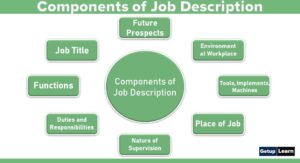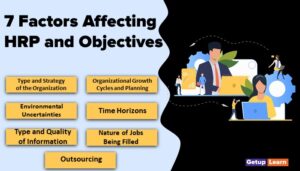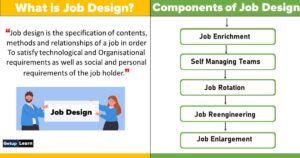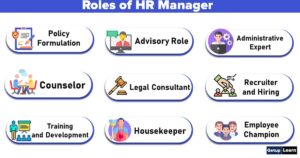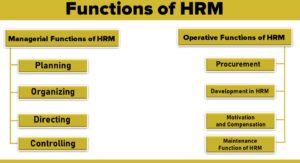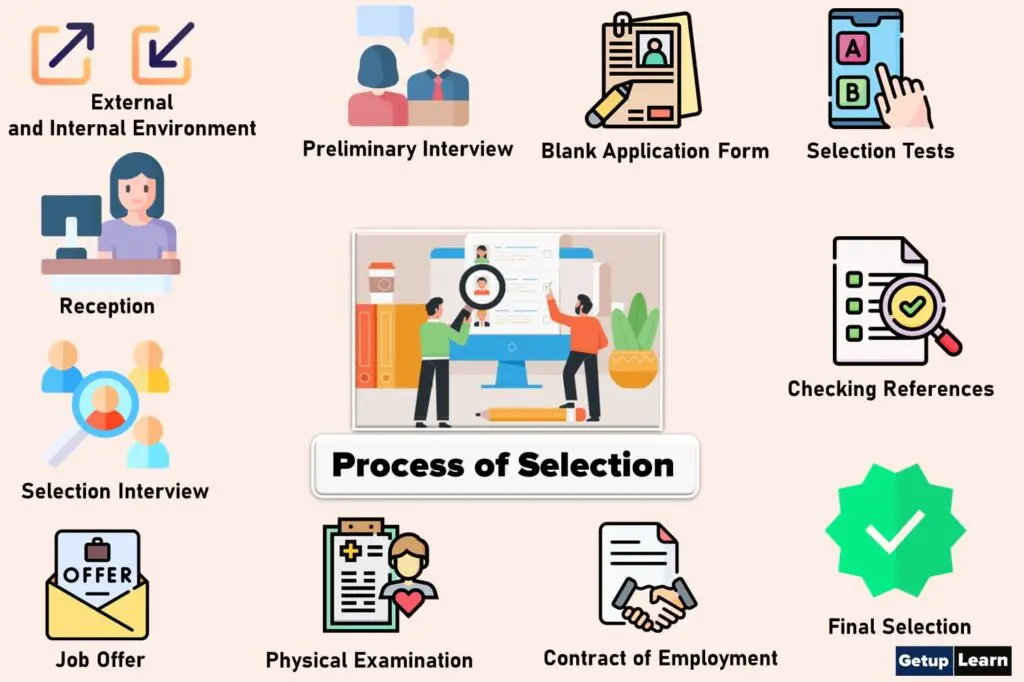
Table of Contents
Process of Selection
The process of selection consists of a series of steps. Each step must be successfully cleared before the applicant proceeds to the next. The selection process is a series of successive hurdles or barriers which an applicant must cross. These hurdles are designed to eliminate an unqualified candidate at any point in the selection process.
Thus, this technique is called “SUCCESSIVE HURDLES TECHNIQUE”. In practice, the process differs among organizations and between two different jobs within the same organization. The selection procedure for the senior managers will be long drawn and rigorous, but it is simple and short when hiring lower-level employees.
The following figure shows a generalized process of selection:
- External and Internal Environment
- Reception
- Preliminary Interview
- Blank Application Form
- Selection Tests
- Selection Interview
- Checking References
- Final Selection
- Physical Examination
- Job Offer
- Contract of Employment
- Evaluation
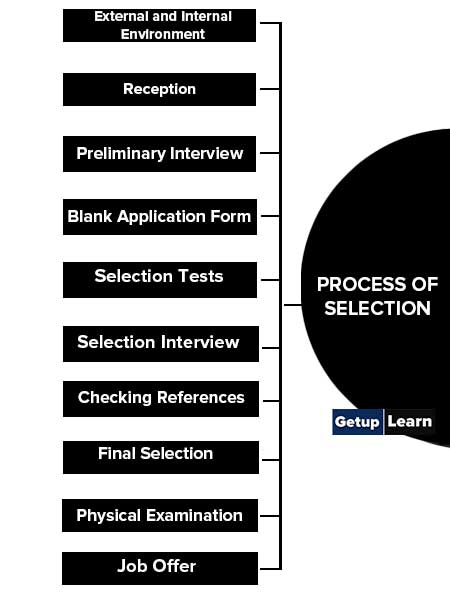
External and Internal Environment
Selection is influenced by several external and internal environmental factors. The important external factors affecting selection are the supply and demand of specific skills in the labor market, unemployment rate, labor market conditions, legal and political considerations, etc. The internal factors are the organization’s image, organization policy, human resource planning, and cost of hiring.
Reception
The receipt and scrutiny of applications is the first step in the process of selection. A receptionist in the personnel department gives information about new openings to the visitors and receives their applications. ‘The scrutiny of applications is essential to take out those applications which do not fulfill the requirements of posts.
Some people send applications even when they do not possess the required experience and qualifications. These applicants if called for preliminary interviews, will waste their own time and that of the company. These applications should out rightly be rejected and information should be sent to the applicants in this regard.
Preliminary Interview
A preliminary interview is a sorting process in which the prospective candidates are given the necessary information about the nature of the job and the organization. Necessary information is obtained from the candidates about their education, skills, experience, expected salary, etc. If the candidate is found suitable, he is selected for further screening.
This ‘courtesy interview’ as it is often called, helps the department screen out obvious misfits. A preliminary interview saves the time and effort of both the company and the candidate. It avoids unnecessary waiting for the rejected candidates and waste of money on further processing of an unsuitable candidate.
A preliminary interview is brief and generally carried out by a junior executive across the counter or at the reception office. Since the rejection rate is high in the preliminary interviews, the interviewer should be kind, courteous, receptive, and informal. He should give a good account of the company so that the applicant takes a good view of it and hopes to apply again whenever a new opening emanates.
Blank Application Form
A blank application form is a widely accepted device for getting information from a prospective applicant. This is a way of getting written information about candidates’ particulars in his own handwriting. It enables the personnel department to draw tentative inferences about the applicant’s suitability for employment.
The information collected in the application form may also be circulated to various members of the selection committee for enabling them to take a view about different applicants. The information collected in the blank application relates to the following particulars:
-
Bio-Data: Bio-data includes the name of the applicant, father’s name, date of birth, place of birth, permanent address, height, weight, identification mark, marital status, physical disability, etc.
-
Educational Qualifications: This part of educational qualifications relates to education acquired, institutions attended, percentage of marks, distinctions achieved, technical education acquired, subjects studied, and areas of specialization.
-
Work Experience: Application blank also enquires about previous experience, similar or other jobs held, nature of duties, salaries received, names of previous employers, and reasons for leaving the present job.
-
Curricular Activities: The information about participation in extra-curricular activities like N.S.S., N.C.C., debates and declamations, sports, etc. is also received in the blank application form.
-
References: The applicant is also asked to give some references from where an inquiry may be made about his nature and work. The references are normally the persons with whom the applicant has worked but are not related to him.
- Salary Demanded: The salary demanded by the applicant is also given in the application blank. An attempt is made to elicit maximum information in application blank. The information asked for should be relevant and specific. It should have relevance to the post he has applied for. The information collected should be brief and to the point. Questions requiring essay-type answers should be avoided.
Selection Tests
Applicants who pass the screening and the preliminary interview are called for tests. Different types of tests may be administered depending on the job and the company. A test provides a systematic basis for comparing the behavior, attitudes, and performance of two or more persons.
Tests are based on the assumption that individuals differ in their job-related traits which can be measured. Tests help in reducing bias in selection by serving as a supplementary screening device. Tests help in better matching the candidate and the job. Tests may reveal qualifications that remain hidden in an application form and preliminary interview.
Tests are useful when the number of applicants is large. Moreover, to be effective, tests must be properly designed and administered. However, the test is not a foolproof method. At best, it reveals that the candidates who have scored above the predetermined cut-off points are likely to be more successful than those scoring below the cut-off points.
Selection Interview
An interview is an oral examination conducted for the purpose of employment. It is a formal, in-depth conversation, which evaluates the applicant’s acceptability. The interview is an excellent selection device. It is a very flexible device that can be adopted to select unskilled, skilled managerial, and professional employees.
In the selection interview, the interviewer matches the information obtained about the candidate through various means to the job requirements and to the information obtained through his own observations during the interview.
Thus, the interview is a purposeful exchange of views, the answering of questions, and communication between two or more persons. An interview gives the interviewer an opportunity:
- To size up the candidate personally
- To ask questions that are not covered in tests
- To make judgments on a candidate’s enthusiasm and intelligence
- To assess subjective aspects of the candidate-facial expressions, appearance, nervousness, and so forth
- To give facts to the candidate regarding the company, its policies, programs, etc., and promote goodwill towards the company.
However, interviews do have some limitations. The absence of reliability is one limitation. Due to personal and subjective judgments, no two interviewers offer similar scoring after interviewing an applicant. Lack of validity is another shortcoming. This is because few departments use standardized questions upon which validation studies can be conducted.
Checking References
The references may provide significant information about the candidates if they happened to be his former employers or with whom he might have been working earlier. The applicants are normally asked to name two or three persons who know about their experience, skill, ability, etc. but should not be related to him.
The prospective employer normally makes investigates the references supplied by the candidate and undertakes a search into his past employment, education, personal reputation, etc. Though checking references may be a good source of information but referees may not give frank opinions about the candidate.
If the referee happens to be a former employer he will, generally, either praise the candidate or criticize his work and ability. Such extreme postures may not help in knowing the exact position of candidates. There may be persons who will not say bad things about a candidate when it is a question of his future. They will say good things about the candidates. It may be said that checking references does not serve much of a purpose because no impartial evaluation of the candidates is received from the referees.
Final Selection
Up to this stage, the selection is handled by the personnel department or staff executives. Since the persons employed are to work under line officers, the candidates are referred to them. Line officers will finally decide about the work to be assigned to them.
If the line officer is a production manager or foreman he may assess the job performance of the candidates. If the candidate is not suitable for one job then he is tried at some other. If a candidate’s performance is not up to the mark then he may be kept as an apprentice for some time. Normally, a candidate is not rejected at this stage.
Physical Examination
After the selection decision and before the job offer is made, the candidate is required to undergo a physical fitness test. Candidates are sent for physical examination either to the company’s physician or to a medical officer approved for the purpose. Such physical examination provides the following information:
- Whether the candidate is physically fit for the specific job or not?
- Whether the candidate has health problems or psychological attitudes likely to interfere with work efficiency or future attendance?
- Whether the candidate suffers from bad health which should be corrected before he can work satisfactorily?
- Whether the candidate’s physical measurements are in accordance with job requirements or not?
A job offer is, often, contingent upon the candidate being declared fit after the physical examination. The results of medical fitness test are recorded in a statement and preserved in the personnel records. Such records will protect the employer from worker’s compensation claims that are not valid because the injuries or illnesses were present when the employee was hired.
Job Offer
The next step in the selection process is the job offer to those applicants who have crossed all the previous hurdles. A job offer is made in the form of an appointment letter. Such a letter, generally, contains a date by which the candidate must report for duty. Reasonable reporting time is given to all the appointed candidates.
This is particularly necessary when the appointed person is already in employment, in which case he has to give notice to the previous employer. Moreover, the job may require movement to another city which means considerable preparation and shifting of property and family members.
Some organizations also inform the rejected candidates about their non-selection. Their application may, however, be preserved for future use. The applications of selected candidates are always preserved for future reference.
Contract of Employment
After the job offer has been made and the candidate accepts the offer, a contract for employment is executed by the employer and the candidate. The basic information that is included in a written contract varies according to the level of the Job.
Generally, the following details are included in the contract:
- Job title
- Details of duties
- Date when the continuous employment starts
- Remuneration and method of payments days
- Sickness leave rules
- Length of notice due to or from an employee
- Grievance procedure
- Disciplinary procedure
- Work rules
- Terms of Termination of employment
- Terms for union membership
- Employers’ right to vary terms of the contract subject to proper notification being given.
Great care is taken in drafting the contracts. Often services of law firms are obtained to get the contracts drafted and finalized. Employers who belong to high employee turnover sectors insist on agreements being signed by newly hired employees.
The limitation of contracts is That it is almost impossible to enforce them. A determined employee will leave the organization, contract or no contract it is for this reason that several companies have scrapped the contracts altogether.
Evaluation
The selection process, if properly performed, will ensure the availability of competent and committed personnel. A period audit, conducted by people who work independently of the human resource department, will evaluate the effectiveness of the selection process. The auditors will do a thorough intensive analysis and evaluate the employment program.
What are parts of selection process?
The selection process covers the period from the job specification and initial contact with the applicant to his final acceptance or rejection. The successive stages in the selection process are referred to as hurdles that the applicants should cross. Not all selection processes, however, include all these stages. The complexity of the selection process usually increases with the increase in the skill level and job level (responsibility and accountability) of the position for which selection is being made. The sequencing of the hurdles also may vary from job to job and organization to organization.



